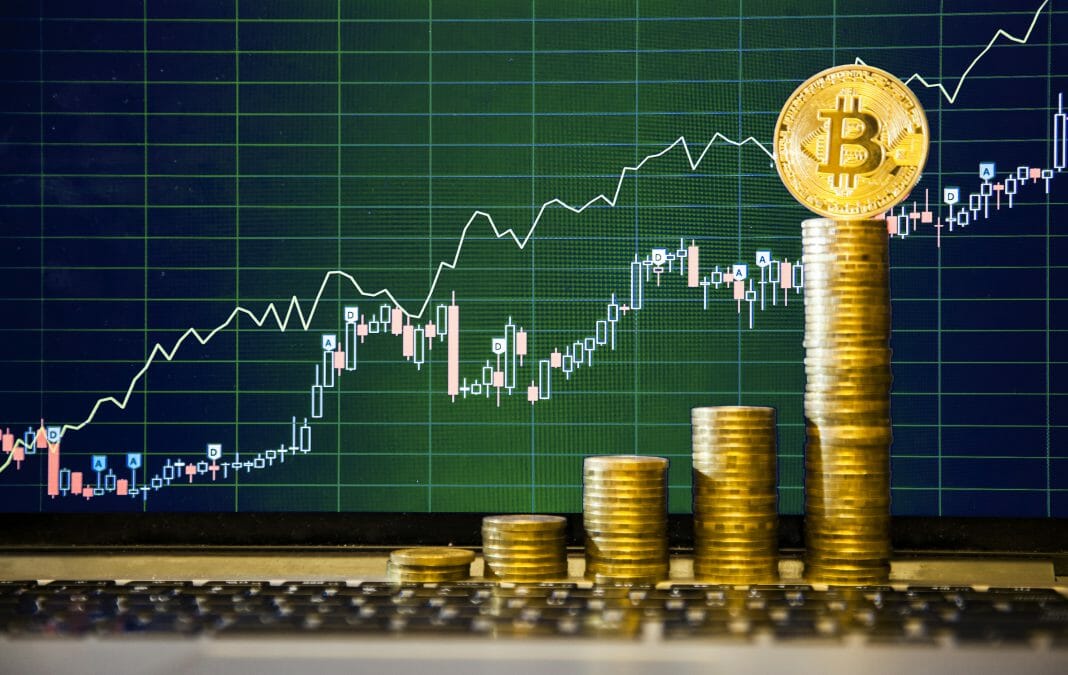The price of gold has increased by 1.16% and is currently trading at USD 1,760. Since March 12th, the value of Bitcoin has increased by 145%.
The main cryptocurrency in the market is currently trading at around USD 9,645 at the time of writing this article. That price represents a gain of more than 145%, compared to the low level of USD 3,867 recorded last March 12th.
However, the cryptocurrency encountered rejection close to USD 10,000 in the early hours of May 18th, this being its third failure to cross to the five-digit figures since May 1st, and recorded a drop of USD 9,450 during trading hours in Europe. This fall represents a 0.5% decrease in price in a single day.
Meanwhile, gold is currently is trading as a haven asset, with an increase in its value of 1.16%, at USD 1,760 per ounce, this being the highest level in its price since October 2012. The price of the precious metal has increased by 4% since May 12th and is currently 21% above the low levels recorded in March.
Marcus Swanepoel, CEO of crypto platform Luno, suggests that Bitcoin could be facing exhaustion of bullish momentum. Buyer fatigue is common after large price increases, like the one that Bitcoin has unveiled in the past two months.
Gold also faced buyer exhaustion after its bullish rally from USD 1,450 to USD 1,747 in the four weeks to mid-April. This safe-haven asset was consolidated within a narrow range of prices for almost a whole month before breaking the bullish trend on May 14th.
Short-Term Setback
In this way, Bitcoin could continue to underperform in the short term, compared to gold. The cryptocurrency could also suffer a drop like the one seen after its second halving, on July 9th, 2016. The third Bitcoin halving occurred last May 11th.
However, the post-halving setback observed in 2016 was short-lived, so the cryptocurrency reached new all-time highs within one year after the event. Swanepoel noted that the dramatic growth in Bitcoin’s value after the second halving was not immediate and that growth is likely to occur after the third halving.
The US Federal Reserve (Fed) continues to expand its balance sheet through the purchase of open-ended assets, in which it boosts unprecedented inflation and stands ready to do more shortly.
The Fed’s Director Jerome Powell believes that there is no limit to what they can do with the loan programs that they have. For that reason, he says that they can do much more to support the economy since they are committed to doing everything possible as long as needed.
Keeping all this in mind, investors have a strong incentive to seek haven alternatives away from traditional assets such as gold, the US treasury, and the Japanese yen. An increasing number of investors seem to consider Bitcoin as a haven asset and a hedge against inflation. This is because the supply of the cryptocurrency is limited to 21 million and there is a reduction by half in the issuance rate every four years, at the halving events.
By Alexander Salazar











